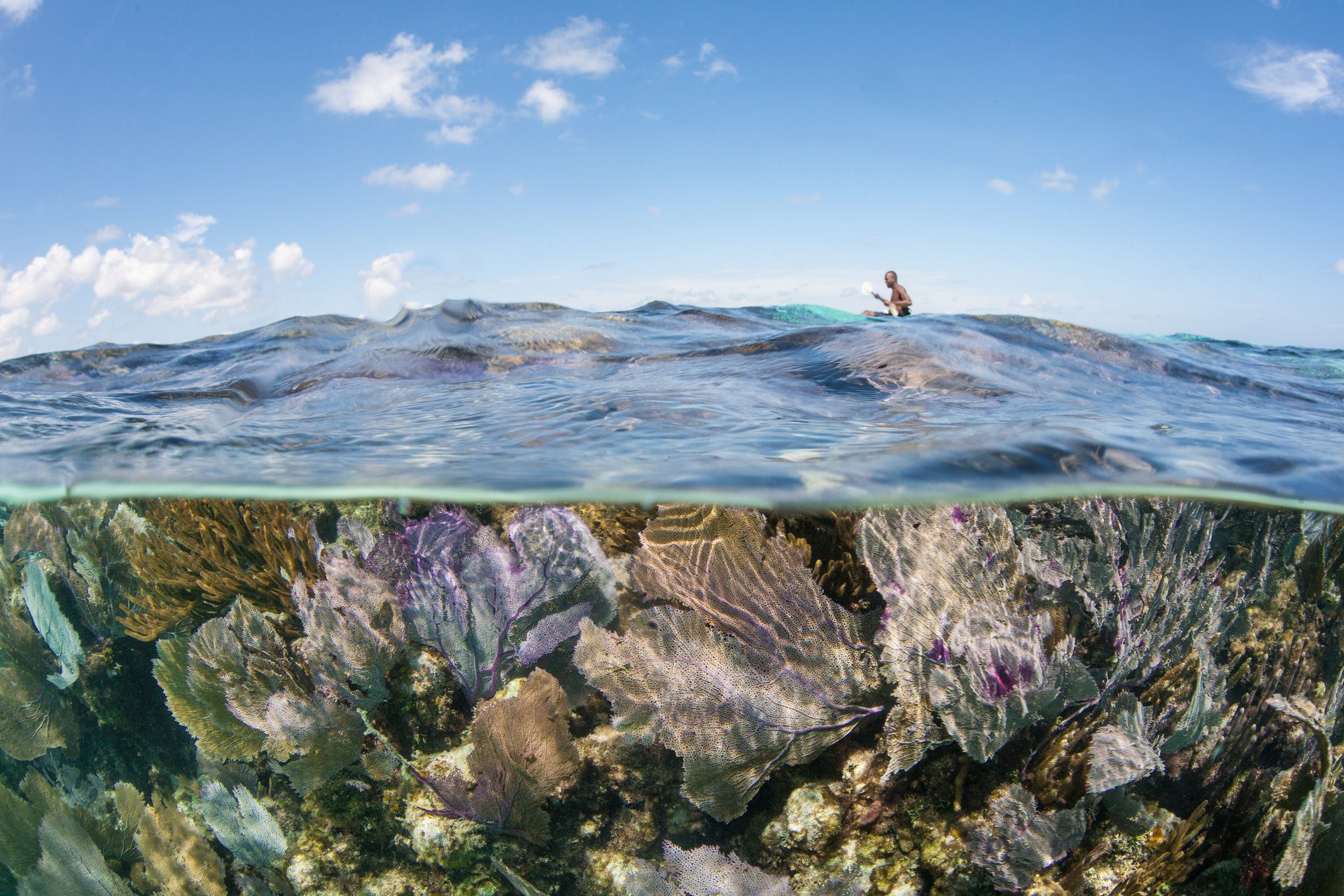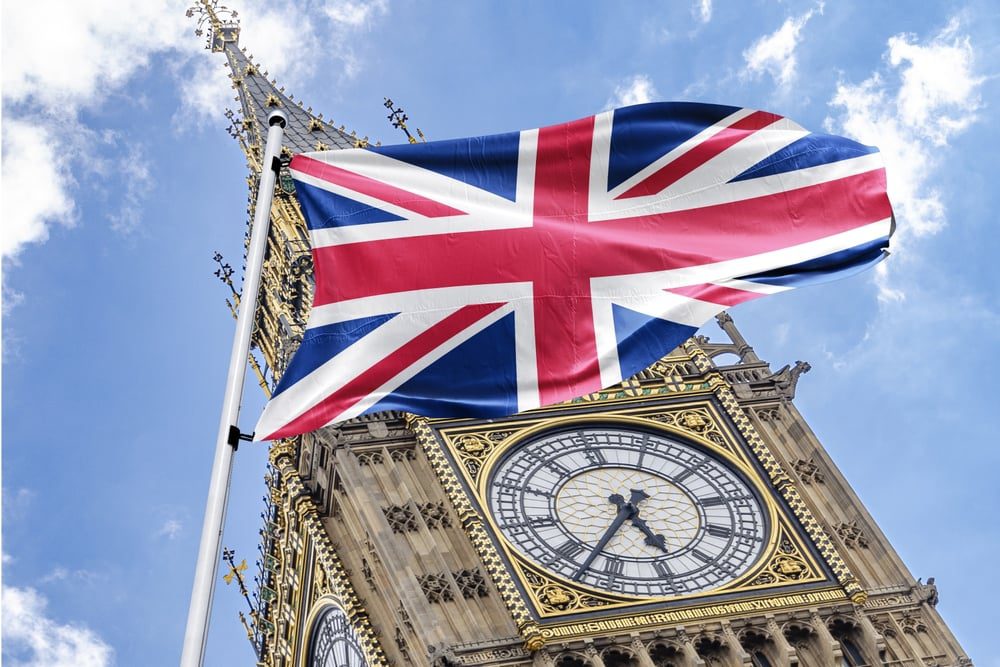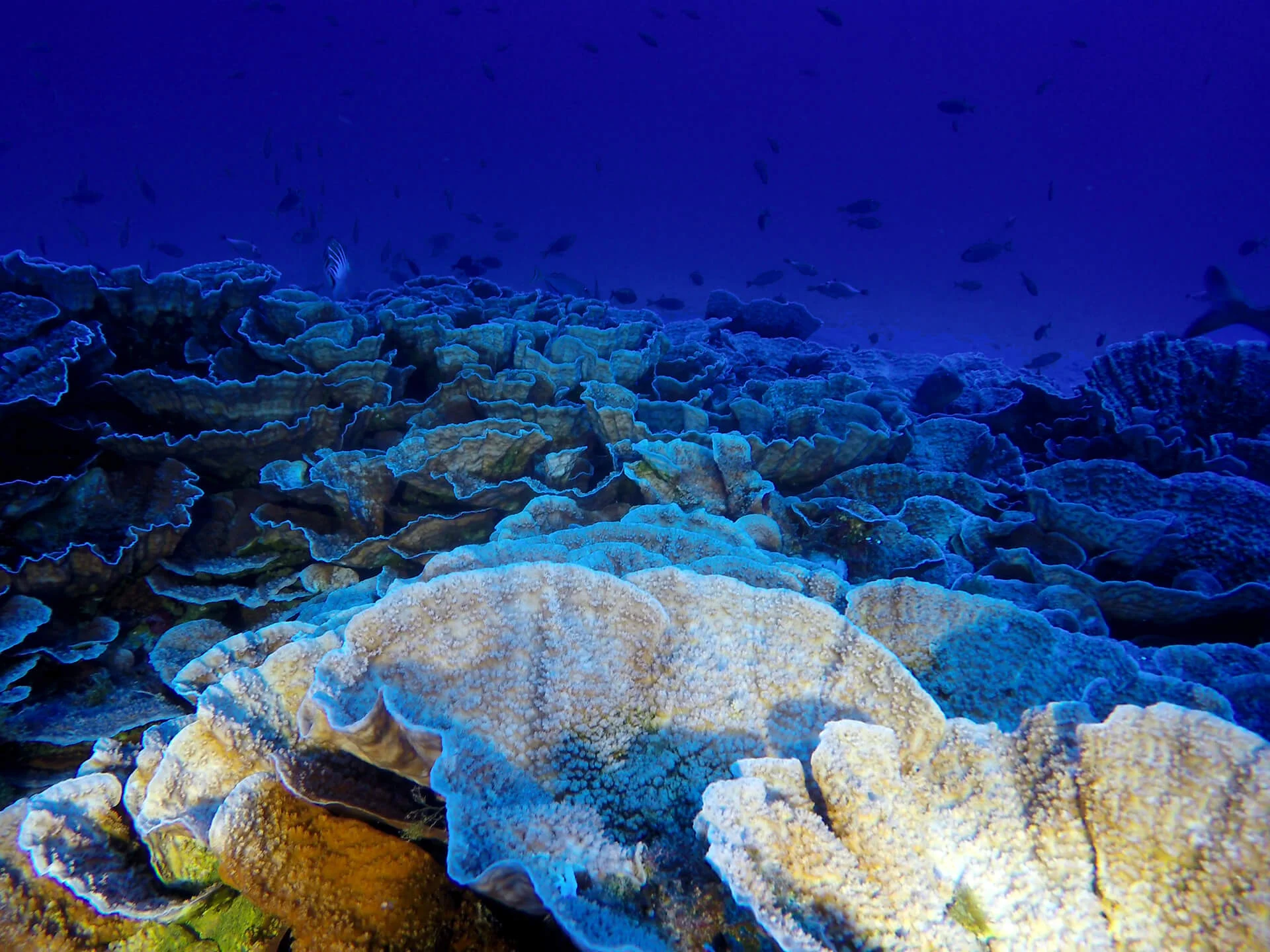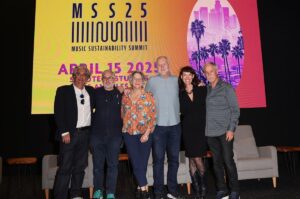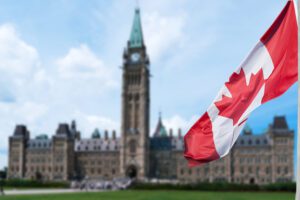By Van Rheenen, D., Naria, O., Melo, R. & Sobry, C. & (Eds.). (2024)
Scattered across seas and oceans, small islands and archipelagos face multiple challenges. Islands are a highly heterogeneous group in terms of key economic and social indicators. They offer a wealth of assets, with lively demographic growth, varied physical environments, exceptional cultural heritages, innovative creativity and resilient island societies. At the same time, they are constrained by vulnerabilities such as small size, remoteness, limited resources, weak human capacity and the effects of global warming, over-dependence on international trade, lack of economic scale and high infrastructure, transport and administrative costs. This economic fragility was severely affected by the Covid health crisis, and is part and parcel of the combined effects of natural disasters and economic crises. With young people facing high unemployment and sometimes lacking a sense of direction, sport and sport tourism can be a powerful lever for social inclusion. Because of their geographical location, geomorphological configuration and particular climate, island territories offer the possibility of practicing a wide range of sport tourism activities year round, under optimal conditions.
What contribution does sport tourism make to the Sustainable Development Goals (SDGs) of the United Nations Agenda 2030 for island territories ? With this book, we set out to answer this important question, seeking to achieve three objectives. These objectives, envisaged for small islands, are particularly well-founded in the case of sport tourism, which takes on a particular tone in these new issues, not only because of its recent and spectacular development, but also because of its intimate relationship with the valuable resources of the territory and the local population.
Firstly, we studied sport tourism from an international, inclusive and interdisciplinary perspective. This approach recognizes that the field of sport tourism represents a diverse set of social practices experienced within a fixed continuum of time and space. Sport tourism activities and events are part of a unique logic of production and consumption, socially and historically constructed by people in relation to each other and to a given context.
As such, this international comparative study has provided a better understanding of how sport tourism can contribute to sustainable development. In this case, we explore the sustainable development of small islands, research that has never before been undertaken on this global scale. Achieving this second objective has led to comparative results that will assist key stakeholders and decision-makers to develop island territories more responsibly as part of a collaborative effort to achieve specific sustainable development goals. A total of 21 research teams from several seas, oceans and island archipelagos took part in this international research project.
The third objective of this book was the refinement of a comparative methodology at the intersection of sport tourism and sustainable development. This refined methodology sought to collect and analyze empirical data from numerous geographical sites around the world. Compared to an earlier international project (Melo, Sobry and Van Rheenen, 2021; see also Naria et al., 2022), island territories became the unit of analysis rather than a specific sport tourism activity or event.
The First Part of the Book
The first part of the book presents the conceptual and methodological frameworks for a comparison of places from an island eco-territorial perspective.
The first chapter of the book defines in detail our unit of comparative analysis, small island states or territories, a common set of geographical, topographical and socio-historical features spread across multiple oceans and seas. It describes a common history of colonialism, followed by an often turbulent process of cultural and social (in)dependence that continues today through post-colonial policies of capital accumulation and development. Finally, this chapter acknowledges a present reality and describes a foreseeable and ambitious future, conscious of global markets, the desire for economic growth and a corresponding mandate for truly sustainable development. Such development requires a commitment to social and environmental justice, a moral and political call to action from the local to the global.
The second chapter analyzes the intersection of the geomorphology of small tropical islands as an important aspect of island geography and their historical relationship with sport tourism. Thanks to the diversity of their natural environments, islands offer a wide range of playgrounds for sport tourism. Indeed, the relief and eruptive hazards are restrictive for the population, but at the same time they constitute landscape assets: steep gradients, waterfalls, incised valleys, nested calderas, pitons, ramparts, gorges, coral reefs, atolls, troughs, basins, etc. represent an added value for the practice of sport tourism. Adopting a global perspective, we argue that landforms and morphological processes can be influenced by both natural factors and human actions.
Chapter three describes the historical relationship between tourism, and in particular sport tourism, and small island states or territories. It draws on existing literature from the last fifty years, describing a niche and diversified market that has evolved over time. This evolution has been quite uneven, depending on the island context, as has the relative attention paid to economic, social and environmental sustainability. In the 21st century, the focus has shifted to sport tourism and its potential scalability, recognizing the complementary contribution of the sport tourism sector to the tourism industry as a whole. This revitalization has come at a time when there is a global call for sustainability, with some of the loudest voices coming from small island stakeholders who have highlighted the inequalities in the global marketplace and the corresponding negative environmental and social impacts on small island states.
Chapter four sets out the conceptual framework used in this international research project, analyzing small islands as eco-territories. Faced with the issues and challenges facing islands, our conceptual and methodological framework proposes an integrated approach that will enable populations to achieve the SDGs of the Agenda 2030, notably through the ability to transform constraints into opportunities, through the preservation of traditional ways of life, through the collaboration of stakeholders around sustainable territorial projects, and finally through economic development that respects the natural, cultural and social heritages of these island territories. This approach also requires a multi-sectoral approach to projects, particularly in terms of the intersection of environmental, economic and social impacts. It also requires a strategic vision on the part of key players, articulating the evolving nature of these territories. Eco-territories represent a new model, a new way of living and managing resources. We define eco-territories as unique geographic ecosystems with diverse political economies and socio-cultural histories. These variable insular characteristics often structure the dynamic contour of a territory’s development trajectory. At the intersection of island eco-territories, sport tourism innovation and sustainable development, the chapter calls for a moral mandate and political will to adopt a critical consciousness or ecopedagogy, a local and global commitment to social and environmental justice.
Finally, chapter five describes the comparative research methodology used for this research project. By focusing on island eco-territories, a unit of geographical or spatial analysis, this book sought to contrast similar or similar territories and their singular relationships with sport tourism and sustainable development. The methodology measures the dynamic intersections between sport and development, with a particular focus on sport tourism and sustainable development. It uses sport as a catalyst for sustainable development. The concept of using sport as a mechanism for sustainable development, promoting a triple bottom line strategy of beneficial economic, environmental and socio-cultural outcomes, has been discussed at length to date.
Within these broad frameworks or categories of an emerging ontology of sustainability, as indicated in the introduction to this book, the United Nations (UN) has articulated seventeen sustainable development goals that fall within the economic, environmental and social spheres of sustainable development originally formulated in the Brundtland Report (UNCED, 1987). Based on a deeper understanding of sustainable development, the proposed and revised comparative methodology highlights the complex and dynamic relationship between island sport tourism and local sustainable development. More specifically, we have sought to better understand the complex political history, geography and social and ecological vulnerability of small island territories. We also sought to develop a model or heuristic that integrates the 17 Sustainable Development Goals, as set out by the UNWTO. The model proposes a methodological approach that encompasses the seventeen Sustainable Development Goals defined by the United Nations.
The tool can be used comparatively, so that small islands become the unit of analysis, highlighting clearly articulated social, environmental and politico-economic indicators. The comparison of an island place or site can occur within an island archipelago, across a particular ocean or sea, ultimately transcending these geographical divisions. By comparing different island experiences, we are better able to understand the varied contexts and contours of sustainable development. As such, this research methodology identifies a wide range of sport tourism opportunities (and corresponding demand) in these island contexts. Geography, population, relative vulnerability, adaptability and socio-historical heritage are the comparative variables studied.
As a result, sport tourism has become an attractive means of developing these territories while deliberately focusing on the multiple dimensions of sustainable development. The global SDGs, envisaged for small islands, are well suited to the development of sport tourism. Sustainable development in these unique territories (e.g. eco-territories) has the potential to manage and protect natural resources more effectively, while including local and indigenous populations in governance and management structures.
The Second Part of the Book
The second part of the book analyzes 21 case studies from islands to archipelagos, sport tourism in a globalized world. The second part presents case studies of the use of this comparative methodology focusing on a given location, such as individual islands or island archipelagos. The following chapters present case studies of a number of these sites and provide a critical discussion of the complex relationship between sport tourism and sustainable development on a global scale. Of the 21 island case studies and 35 contributors, 28 researchers identify themselves as indigenous.
So the case studies begin in the Mediterranean, in Malta, a chapter written by Professor Godfrey Baldacchino, a pioneer in the field of island studies. We are honored to begin the second part of this book with Dr. Baldacchino, ambassador-at-large for islands and sustainability, as well as current president of the International Small Island Studies Association (ISISA). Then we look at the emerging sport tourism destination of Sardinia @Nicoletta Fadda; then Kalymnos (in Greece) @Dimitrios Belias and Athanasios Koustelios. Next, we head to the North Sea to the islands of Helgoland and Rügen @Alexandre Hodek.
We then move westwards across the Atlantic Ocean, to the Azores @ Francisco Silva and Ricardo Melo; the Canary Islands @Manuel Ángel Santana-Turégano, Pablo Rodríguez-González, Carlos Calderon-Chouquet and Ricardo Melo; the Madeira archipelago @ Jorge Soares and Ricardo Melo.
Then in the Caribbean Sea in Barbados @ Rudolph Alleyne, Antonio Alleyne, Neela Cezair and Wayne Charles-Soverall.
We cross the vast Pacific Ocean, in French Polynesia @Philippe Bachimon, Anthony Tchekemian; in Tahiti @Thibaut AUSSANT; in Kiribati @Stephen Pratt; and in Irago, Japan @Misuzu TOBA, finally in Singapore @guy fontaine.
Ending our world tour in the Indian Ocean region, in Reunion @ Philippe Jean-Pierre and Olivier Naria, in Mauritius @ T. Makoondlall-Chadee, P. Ramasamy-Coolen, C. Bokhoree and Olivier Naria ; Madagascar @ Lilia Khelifi ; Mayotte @ Dahlin Mikidachi Mondroha ; Rodrigues @henri agathe ; Comores @ Ouledi Ahmed ; and finally, Zanzibar @ Makame O. Makame.
The Third Part of the Book
The third and final part of the book puts even broader comparative analyses of islands and island archipelagos into perspective, drawing on the case studies presented in the previous section.
We provide a comparative and regional analysis of the main islands of the Indian Ocean, recognizing both similarities and differences at the intersection of sport tourism and sustainable development in this diverse archipelago. We analyze a variety of initiatives used by actors seeking economic growth and global visibility in this group of islands, focusing in particular on the future prospects of sport tourism and sustainable development within these diverse territories. The articulation of these social practices and their socio-cultural and environmental implications shows other similar destinations how best to develop more sustainable sport tourism activities in line with the UN’s SDGs.
The next chapter in our comparative analyses of islands as eco-territories highlights a unique global study encompassing three vast oceans, numerous seas and archipelagos, large and small, located in these waters. Our results show the positive/structuring and negative/destructuring effects of sport tourism activities on the four pillars of sustainable development.
In terms of governance, there are several public-private models, shared between the construction of decision-makers’ strategies by the principles of sustainability, inclusivity and preservation, but the logics are also often contradictory for economic benefits while minimizing negative impacts on the environment and local culture. Decision-makers play an essential role in coordinating the sport tourism ecosystem. They stimulate initiatives and encourage the building of fruitful partnerships. However, most of the contributors to this book stressed the importance of improving the role of stakeholder governance as a key element in achieving the SDGs.
Overall, the findings of this study illustrate a real general awareness of the roles and responsibilities of key players in coordinating and planning territorial promotion strategy. Many of the findings underline the need to improve the tourism image of destinations in order to achieve the SDGs, and to define a solid feature of future programming and strategic intent for sport tourism. They also contribute to the improvement of the living environment and foster the creation of a sustainable supply for the practice of local populations. The structure of this offer is very uneven depending on the island context. Much remains to be done to improve the quality of facilities and services available to “sporty” tourists and those accompanying them. Poor coordination between government departments, local authorities, private groups, etc. is a real brake on the operationality of projects.
Sport tourism, a vector of economic development for viable regions
The sport tourism economy is structured by equitable development, business and job creation, and diversification, but it is also destructured by immediate economic profitability, social and environmental costs, and business closures.
The number of international sport and sport tourism events held on the islands today also generates significant tourist flows, largely due to the media coverage generated by these events. The Grand-Raid de la Réunion, the Martinique International Half Marathon, Vanuatu’s Leimalo Surf Festival, Jamaica’s Reggae Marathon & Half Marathon, the AfrAsia Bank Mauritius Golf Open and the Route du Rhum in Guadeloupe are just a few examples. It is estimated that tens of thousands of foreign tourists are attracted by these events alone. This increase in the number of sport tourists and local sport enthusiasts generates considerable direct and indirect economic benefits for island destinations.
In tune with heterogeneous socio-political dynamics, the socio-economic stakes of sporting events and sport tourism differ according to the islands and territories that host them. Direct economic spin-offs concern all the sports organizations that benefit from this dynamic, generating financial flows and jobs in this sector of activity. This includes public service providers (leagues, committees, clubs, associations, etc.) and commercial service providers (service companies providing coaching, training, free discovery of the environment, events companies, equipment rental and repair companies, companies manufacturing and/or selling goods). What’s more, in these small island territories, it is above all the small and medium-sized sports and tourism service companies that will benefit from these financial spin-offs.
At the interface of sport, leisure and tourism, sport tourism represents a significant economic challenge for the Indian Ocean islands in 2019: 4.1 million tourists, 1,854 sites and practice areas, 1,448 host structures, associations or companies, 115 international or national events. Economic spin-offs measured at half a billion euros (580 million), i.e. 12% of total tourism impact.
The indirect economic spin-offs are to be found among the suppliers of goods and services who benefit from the development of these activities. These include tourist transport companies, accommodation providers, restaurateurs, infrastructure maintenance companies, incoming travel agencies, cultural service providers, media producers/distributors (books, guides, topos, maps), pharmacies specializing in related products (medical care, dietary advice, insurance, etc.), and basic shops (food, coffee, bakery, etc.) located in high-tourism areas. This is a colossal market, difficult to evaluate because the induced effects concern a multitude of satellite players. It can be estimated at 40 million Euros. The spin-offs are visible in the thousands of direct jobs in entertainment, management, etc., and indirect jobs in catering, transport, accommodation and so on. The originality of these economic spin-offs is that they also contribute to the solidarity economy, as more and more Creoles begin to take advantage of this dynamic to train and professionalize in the sector.
Sport tourism, a vector of environmental development for sustainable territories
The environment plays a positive role in terms of awareness, protection and enhancement, but there are also negative effects in terms of the risk of trivialization, degradation and abandonment of practice sites.
The analysis of the situation in Mauritius concludes that there are 3 levels in the action system based on laws, strategies and planning for integrated coastal zone management. Intelligent governance by decision-makers supports the niche market of sport tourism while respecting the environment and natural resources. Stakeholders have, over time, adapted a sustainable development framework for the development of small host structures for these activities, guides to good conduct for the use of water and ocean sports, and environmental impact and protection measures for these activities.
Sport tourism, a vector of socio-cultural development for equitable territories
The socio-cultural pillar is positive, with its role in bringing people together, integrating specific publics and building identity, but has negative effects, with conflicts of interest and use of spaces, or the risk of potential changes in the behavior of practitioners.
Whether in Barbados, Zanzibar or Malta, sport tourism contributes to the islands’ socio-cultural balance, as it is both a unifying force for local decision-makers, bringing populations together and integrating marginalized groups, and building a collective identity for the island community. In Barbados, examples have been developed with the promotion of social cohesion through national ocean and land-based biking, trail, sailing and fishing tournaments between locals and tourists. In the Mediterranean islands of Malta and Sardinia, sport tourism has served as a social catalyst in building camaraderie between different strata of the population and stakeholders. In the Canary Islands, foreign players in aquatic and maritime activities have become local entrepreneurs between tour operators and their networks in their home countries. On Reunion Island, the social balorisation of young people from disadvantaged neighbourhoods has been developed to share the values of effort by appropriating the heritage in the national park. In the Maldives, the international O’Neil Deep Bleu event has acted as a deterrent for young people to avoid the evils of alcoholism, gambling and drug addiction. In Kalymnos, the integration of young people and women as instructors and guides in climbing and diving has empowered them. In Zanzibar, the creation of jobs for young people living in marine conservation areas with the Pemba Tourist Bonanza and the Ngalawa race have fuelled a subsistence economy. In the Comoros, sport tourism has empowered women by providing them with additional income, thanks to the role played by trail and regatta operators, as well as jobs in rural guesthouses.
Faced with their natural and man-made vulnerabilities, small island states serve as laboratories for experimenting with innovative solutions to achieve the stated SDGs. These ecoterritories need to develop sport tourism practices in an eco-educational approach, committed to a broad global sustainability platform. Based on the comparative results of the case studies included in this collection, an analytical rubric and assessment tool have been developed to propose a new methodology for studying the positive and negative impacts of sport tourism on sustainable development. The model defines the multiple, integrated dimensions of sustainability, including the environmental, economic, social and political (governance) structures inherent in such analyses.
Following these comparative analyses, Giovanni Di Cola offers the reader a global perspective, highlighting the essential role of major international organizations such as the United Nations and the International Labour Organization (ILO). This chapter describes the recent international discourse on climate change resilience and the promotion of the blue and green economy among Small Island Developing States (SIDS). This discourse includes innovative global developments such as the Multidimensional Vulnerability Index (MVI), which places Small Island Developing States (SIDS) at the forefront of local and global sustainable development efforts.
The conclusion of this work promises to articulate best practices for future planning and implementation, from a local, regional and global perspective.
It is intended to be forward-looking. It is based on the observation that a gap exists between the local reality of the sport tourism market and the perception of those involved. It develops proposals aimed at making sport tourism a more assertive part of the structuring of tourism and the sustainable development of small islands. These recommendations come at a time when many of the world’s islands understand the global impact of climate change, income disparity and social inequality. They therefore seek new models of sustainable development that embrace the 2030 Agenda framework for sustainable development of these unique ecoterritories. These can be summed up in 8 major orientations.
1-Develop action research on sport and island tourism in partnership with global organizations and alliances
At the level of Small Island Developing States (SIDS), the Alliance of Small Island States Organization (AOSIS), the Small Islands Institute, the Islands and Small States Institute, the International Association for Small Island Studies, the Island Innovation Agency…
These different actors involved at global, national and local levels are working to implement a sustainability ethic for economic development, protection of indigenous populations and environmental preservation. It will therefore be necessary to extend this research agenda to deepen knowledge and achieve the multiple objectives of sustainable development in the islands.
2- Support the eco-territorial approach to sport tourism to inspire innovative solutions for the development of these territories.
As part of this action-research project, we recommend using an ecoterritorial approach to (re)imagine solutions to a territory’s problems. This approach must operate on a coherent, functional scale, seeking coordination and partnership at different levels of decision-makers to achieve common goals. These objectives will be aligned with the goals of sustainable development in multiple dimensions, notably in terms of environmental, economic and social impacts. The development of sport tourism practices must therefore be carried out in a reasoned and respectful manner, in keeping with the resources and constraints of the local island context. This approach also adopts a critical ecopedagogy of social and environmental justice and relational equity. The relationship between sport tourism and sustainable development is not a simple one. It depends on the goodwill of multiple stakeholders, whose working in synergy is more necessary than ever to move towards an authentic and viable future.
3- Create a global observatory for sport tourism (and islands) with international institutions
This proposal will serve as a tool for setting up a Global Sport Tourism Observatory. The aim of this observatory is to collect, store and present relevant data on sports destinations and events, in order to facilitate analysis. This approach to a tool for assessing the socio-economic impact of sport tourism may be one of the factors behind the creation of a sport tourism observatory. The geographical observatory of sport tourism has several interests.
4- Draw up a global development charter and implementation plan for sustainable sport tourism on the islands, including key performance indicators (KPIs).
The aim of this recommendation is to propose a global charter for the development of sport tourism on the islands, giving priority to small, lightweight structures for welcoming sportsmen and women and organizing services, using local materials, local wood, solar panels, zero waste management and water recycling. The general idea is to include concrete strategies to minimize environmental impacts, while promoting the conservation of natural resources, encouraging the participation of local communities and promoting sustainable economic models. It will also involve the thematic publication of documents for sustainable sport tourism in relation to each activity concerned in the territories.
This global charter will also propose an implementation plan for the promoted practice of sustainable sport tourism with key performance indicators (KPIs) around :
(a) Supporting sport tourism for education and health
This effort will encourage the development of activities in schools, as well as support for educational projects that promote sport tourism activities through the protection of natural resources, waste reduction and the preservation of local flora and fauna. It will also integrate sport tourism activities at the intersection of health and well-being issues by offering activities adapted to different audiences. It also aims to combat diabetes and obesity through the practice of these activities. Finally, it’s about contributing to the well-being of the population, particularly young people, by reconnecting them with nature through these natural activities.
(b) Promoting sport tourism as a creator of local jobs and a vector of the social economy
We propose to initiate integration projects in the sector due to endemic unemployment on the islands, deploying green jobs on spaces, sites and practical courses to encourage maintenance, support service providers who invest in welcoming people with disabilities to promote the inclusion of all peoples.
(c) Establishing a closer relationship with heritage and the environment
The aim is to create products that combine sport, culture and the environment. The idea is to offer products that combine the heritage skills of local guides with the technical skills of professionals, making these activities powerful tools for raising tourist awareness of environmental and social issues.
(d) Create multi-sport and multi-site products of varying difficulty and duration to stimulate local job creation.
We recommend adapting to the different levels and time availability of sporty tourists. The products created should enable everyone to discover the many facets of the islands by practicing the activities best suited to the specific nature of the territories in question. Day or multi-day tours can be organized. Similarly, single-activity products designed on the basis of a daily change of location on the islands, traveling through the atolls or archipelagos (Mauritius, Rodrigues, Mayotte, Seychelles…) are to be imagined.
(e) Evaluate sport tourism development policies on the basis of indicators used to achieve the SDGs.
This proposal concerns the evaluation of sport tourism policies in order to observe and compare the evolution of actions undertaken over several years. The evaluation will consist of a comparison between territories having undertaken a similar approach and/or a temporal comparison for the same territory. The aim will be to define indicators that can be used to assess progress made towards achieving the SDGs, and to guide actions in line with the principles of sustainable development.
5- Improve the governance of decision-makers and increase close collaboration between stakeholders
This recommendation aims to decompartmentalize the actors or stakeholders (institutional, political, associative, economic…) in charge of sport tourism and sustainable development. Each institution often works in isolation within its own sector. Sports stakeholders have little interest in tourism and sustainable development and, conversely, tourism and environmental stakeholders do not sufficiently integrate sport into their issues. It will be necessary to integrate representatives of the various institutions concerned into the representative councils of each of them, by creating the conditions for joint work on this theme.
It is also necessary to propose participatory approaches involving local populations and tourism industry stakeholders to find solutions together. The tourism industry, including decision-makers, local businesses, tour guides, equipment suppliers, local accommodation providers, etc., needs to consult more with indigenous communities, especially women, young people and people with disabilities, to involve them more in the decision-making process and in formalizing projects, so that the socio-economic benefits create more jobs and improve their living conditions.
6 – Participate in joint development projects in different environments and obtain funding for sport tourism projects.
This proposal promotes the coherence of policies and legal and institutional frameworks for sport tourism in order to achieve environmental objectives within the framework of sustainable development. It will solicit international donors to support the funding of sport tourism projects at all levels. Many governments offer grants to support research projects related to sustainable development and tourism. We will need to identify appropriate agencies, organizations, foundations, institutions or programs to apply for funding, clearly explaining our proposed study and its potential contribution to sustainable development goals at all levels of government.
7- Integrate sport tourism into the smart destination concept to enhance participants’ experiential value and the adoption of sustainable practices.
This recommendation aims to integrate sport tourism into the concept of smart destinations to enhance the experiential value of participants. This will involve the integration of new information technologies at the service of sport tourism The customer journey in islands is characterized by the ability to use intensively adapted and efficient data, to create an intelligent island destination. This may involve intelligent transport systems, mobile apps for booking sport tourism activities, sensors to monitor weather conditions and pollution levels, free Wi-Fi access points, electric vehicle charging stations, and so on. The aim is to provide travelers with personalized services and information, as well as enhanced connectivity and sustainability.It will also involve the publication of a best practice guide for sport tourism in island territories. The aim is to place the environment at the heart of all development projects, considering the natural environment not as an unlimited resource or a place for consumption, but as a partner to be respected.
8-Create an eco-label for sport tourism and sustainable development in local areas
This ecolabel will distinguish sustainable sport tourism professionals (service providers, associations, companies, etc.) and guarantee that visitors will find eco-responsible service providers. It will also create a label for sport tourism, demonstrating the commitment of a tourist destination or sporting event to sustainable practices. These certifications offer external recognition and reassure travelers of a genuine commitment to sustainability.
All the recommendations presented here must form part of an overall tourism development policy that takes into account the economic, social and environmental dimensions of island territories. This development plan must be designed in close collaboration with the many stakeholders involved, to guarantee the success of the approach. These recommendations must be integrated into master plans for each island and/or regional island organization, which will set the strategic guidelines for the next decade, with clear, precise, quantifiable objectives and the practical means to achieve them.
For over a decade, the International Research Network in Sport Tourism (IRNIST) has been providing international expertise in sport tourism and sustainable development through numerous publications, symposia and conferences. IRNIST proposes to intensify its role as an expert in sport tourism and sustainable development, in collaboration with several stakeholder networks.
These recommendations are intended to complement the comparative analyses of the 21 island case studies included in this international research project. As a group of international academics, the majority of whom identify as indigenous island peoples, our aim is to contribute to solutions rather than simply highlight the challenges, or even crises, facing small island territories today. In order to respond to the future in terms of the planet’s sustainable development, we offer a specific lens through which to promote positive change. This sport tourism lens promises to design and implement the development of relational equity between peoples and harmonization with nature. The case studies presented in this volume, analyzed from an ecoterritorial perspective and using a comparative methodology, have enabled us to deepen practice while maintaining an unwavering commitment to social and environmental justice.
olivier.naria@univ-reunion.fr (University of Réunion Island) and dvr@berkeley.edu (University of California, Berkeley)


